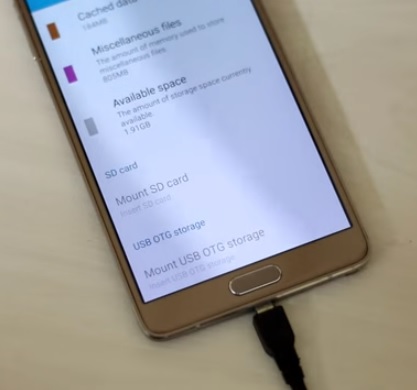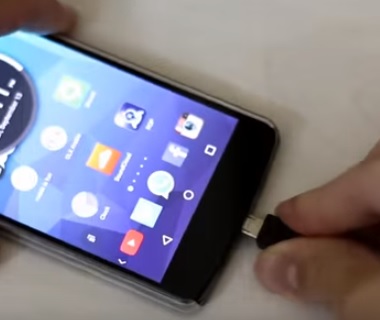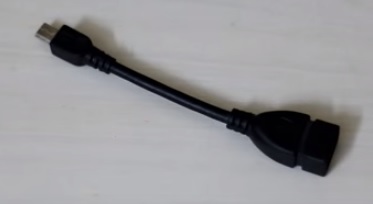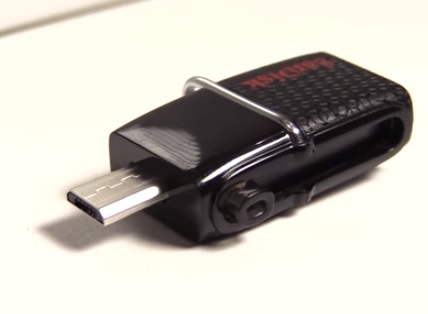
With phone and tablet manufactures eliminating Micro-SD cards from Android devices getting extra storage has moved to external devices.
There are a few options for backing up and saving your data to an external storage source, including hard drives and flash drives.
How are Android Files Copied to an External Source?
All Android smartphones and tablets use a small micro USB or Type-C port for charging that can also be used to copy files.

While in charging mode, only two wires are used to power up the battery, while in data mode, other wires transfer data.
Older Android devices use OTG cables called On-The-Go are mainly used as an adapter between the micro-USB connection and a standard USB plug.

New Android devices use a USB-C connector and simply plug into an external device.
This is a good option for those already with standard USB flash drives or external hard drives and who want to use them for storage.
Some Android phones and tablets dont have the drivers installed by default or have the data connections disabled. This is less so in recent years but always check your unit to be sure it is OTG compatible.
There are apps such as USB OTG Checker that will show if your phone can support OTG if you are unsure. While apps can be used, it is best to look at the specs for your device to be sure.
OTG cables are low-cost and work very well.
For anyone looking for a compact all-in-one solution small flash drives with a Micro-USB plug on one side and traditional USB slot on the other side can also be bought.

All in-one solutions can be used as storage for a phone or a computer since they have both ports. This makes them useful in many situations since they can be used by an Android as well as a computer as flash drives traditionally have been used.
Summary
Setting up most Android devices with external storage is usually a plug-and-play setup with an OTG cable or compatible flash drive.
Some devices are not compatible, so be sure to check the specifications or use an app to check for you. Many early smartphones needed to be rooted before using OTG but less so in recent years.
For those who don’t have OTG support rooting the phone is sometimes an option. Reading about your phone compatibility would be the first step in finding if this is possible.
Both OTG cables and USB OTG flash drives are low-cost solutions.
If you need a quick portable solution, a compatible flash drive is likely the best option.
If you already have many USB flash drives or want to use an external hard drive, then an OTG cable is likely the best way.
As always, be sure to read more about any product on Amazon, forums, or elsewhere to be sure it is the correct unit for your setup.